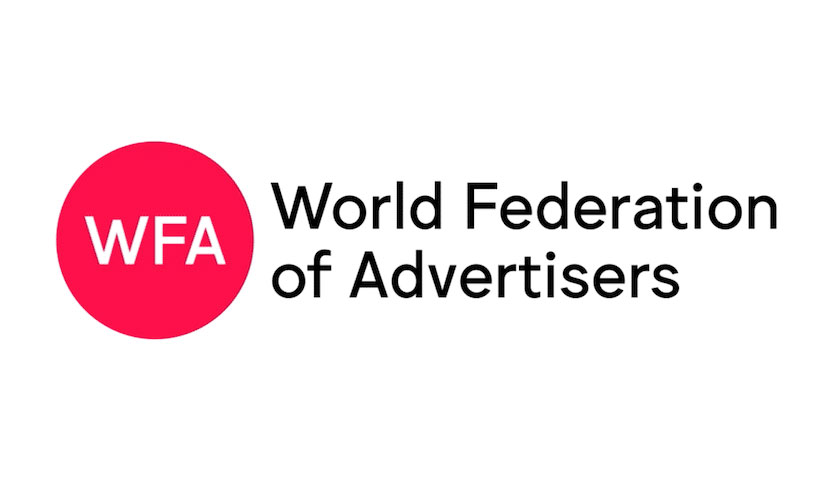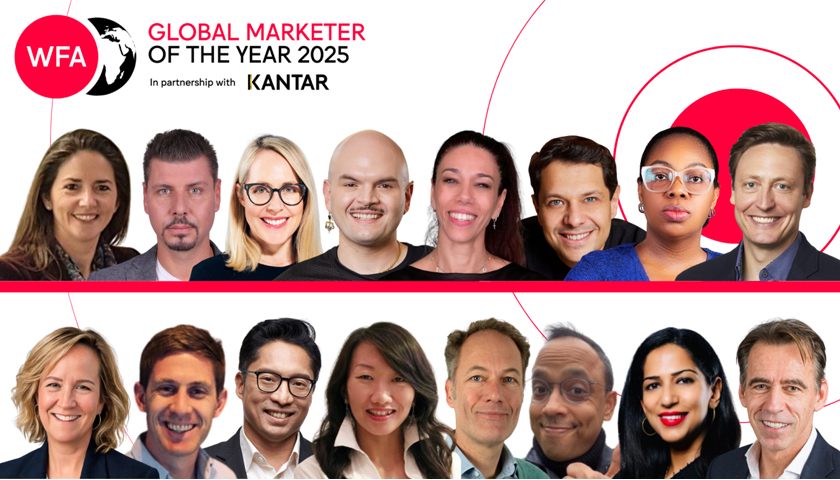New WFA research has revealed a huge disconnect among client-side marketers between those who recognise creativity as a marketing ‘super-power’ and the much smaller number who regard it as business critical.
While 82% recognise creativity as marketing’s most powerful weapon, just 28% regard it as critical to the success of their business.
The research identifies the rewards of taking creativity more seriously, with clients saying creativity was ‘business critical’ more likely to say they were ‘growing’ (33%) as opposed to respondents coming from ‘maintaining’, ‘recovering’ or ‘declining’ businesses (25%).
Clients and Creativity is the world’s first global study focused specifically on clients’ roles and the part they can play in tackling the decline of creativity in marketing and advertising. It has been produced in collaboration with Contagious and The Observatory International.
The results are based on responses from 640 senior client-side marketers in 34 different markets and was also conducted in partnership with national advertiser associations. Respondents had a mix of global (10%), regional (44%) and national (46%) roles.
Across all respondents, self-evaluation revealed that a confident 8% saw their communications as being ‘iconic and a cultural talking point’, 22% saw their communications as ‘compelling and contagious’; the largest share, 42%, saw their communications in the middle of the scale as ‘original and impactful’, while 27% recognised their communications as ‘practical and promotional’. The final 1% identified as ‘wasteful and confused’.
Clients and Creativity also identified the biggest barriers cited by clients when it came to boosting the creativity of marketing output in their own organisations: risk-averse culture (51%), short-term-focus (48%), having too many decision makers (44%) and reductions in budgets (40%) took the top four positions. Relatively few, however, blamed an over-emphasis on data and analytics (21%), the shift towards investment in digital channels (17%) and ever-more tightly defined audiences (9%).
Even talent, perhaps surprisingly given the well-documented crisis in this area, was only seen as a barrier by 29% and even fewer (23%) blame the talent within their own (client-side) organisations.
“While the marketing role is increasingly complex and integrated with other functions, creativity is something within our control and an area where we should be demonstrating our contribution to business success. Taking a more creative route requires us to challenge our organisation to feel more uncomfortable,” said Stephan Loerke, CEO of the WFA.
Clients and Creativity identifies seven key areas where marketers need to focus to boost their creative performance:
- Better briefing. You are never going to get great work without a great brief. It doesn’t need to be long (agencies love being able to work on ‘tight’ briefs) but it does need to be well thought through and written in the context of trust and transparency between the client and their collaborators.
- Get comfortable with being uncomfortable. Park discomfort – does the work deliver against the brief provided? Does it move your brand forward? Will it connect with consumers and encourage them to act even though the execution may be pushing your comfort levels? Start getting this right and you can start to move the dial on that in-built tendency to risk aversion.
- Strong Culture, better capabilities. Training and mentoring can help solve the many issues surrounding the above. Improving core capabilities in briefing and creative evaluation means that results will be quickly realised both in terms of your agencies’ outputs and time taken to ‘get it right’.
- Think brand value. Whilst pressure mounts to deliver short term results this can be to the detriment of the brand longer term. Regardless of how long CMO’s are in place in an organisation, they have a duty of care over the brand they are overseeing. Set KPI’s to monitor not only short-term activities but long-term brand perceptions. Align these with (internal and external) stakeholders.
- Alignment can be the death of creativity. Over layering in decision making is guaranteed to slow down outputs and water down their differentiation. Look to put a simplified RACI in place within your teams and be clear who the ultimate decision maker is.
- Don’t dismiss awards. Cynics may think awards are self-serving and make no difference (unless they are on stage to collect one themselves!) But evidence suggests highly awarded creative outperforms as a driver of growth. Awards certainly matter to your partners.
- Better client, better work. Strive to be the brand that creatives fight to work on. Work collaboratively with your agencies and build mutual trust. Present business challenges, not just deliverables needed. Co-create briefs (though make sure you remain sufficiently objective when evaluating responses). Agencies are not ‘suppliers’ – they’re vital partners that enhance your marketing mix.
“Marketers need to demonstrate they are growth drivers for their organisations more than ever and encouraging creativity within their teams and partners has become even more critical. This report provides practical levers to help today’s marketers do just that,” said Lucinda Peniston-Baines, Co-founder at The Observatory International Limited.
“At a time when superhero movie franchises reign supreme at the box office, it’s curious to see the marketing industry underestimating and underinvesting in its own superpower: creativity. There is the prospect of a rewarding ending though. This study shows that companies enjoying growth are those more likely to regard creativity as business critical,” said Paul Kemp-Robertson, Co-founder, Contagious.

